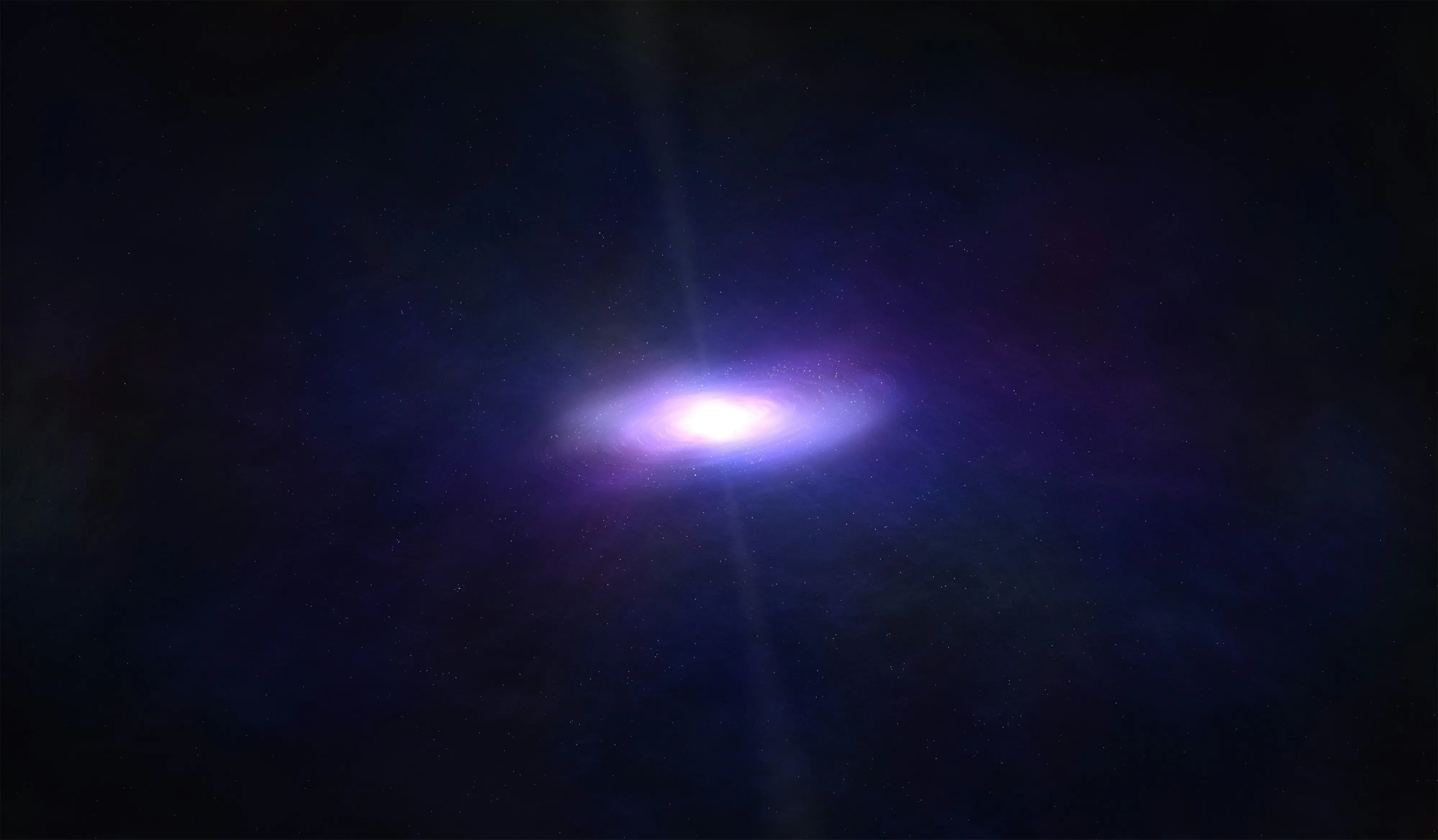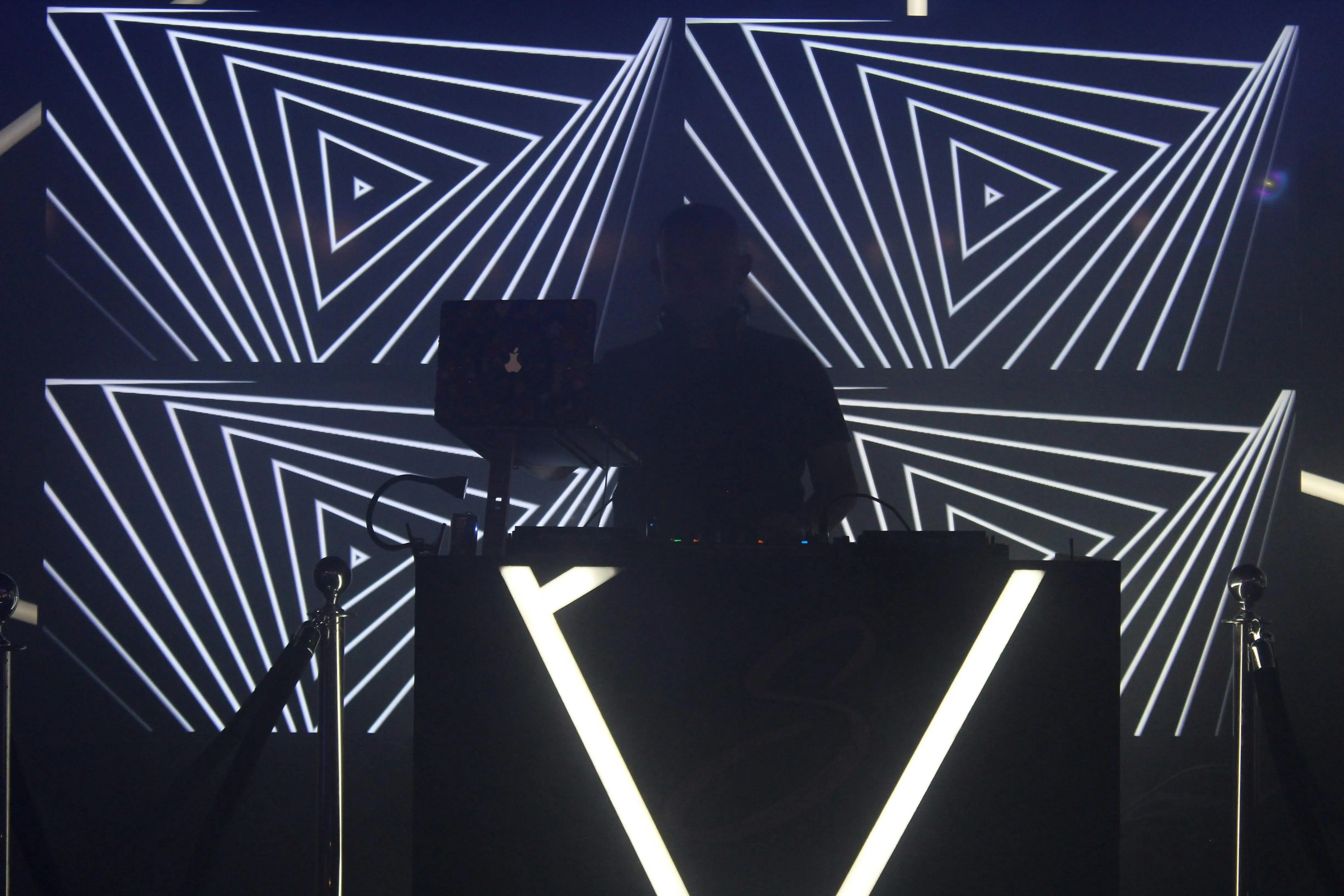When the Universe Sings: Physicist and Artist Turn Cosmic Rays into Mesmerizing Music

Imagine hearing the Universe itself perform, a celestial symphony composed not of instruments, but of cosmic particles streaming through space at near light speed. Thanks to a remarkable collaboration between a physicist from the University of Glasgow and a visionary artist, this dream is becoming reality.
Professor Sheila Kanani, a physicist renowned for her work on cosmic rays, high-energy particles that constantly bombard Earth from outer space, is teaming up with artist Michael Stipe (not the R.E.M. frontman, but a cutting-edge sound artist) to convert these invisible cosmic visitors into mesmerizing musical performances.
This innovative project will debut at the Edinburgh Festival Fringe, where audiences can experience a fresh form of immersive art that blurs the line between science and creativity.

“We’re translating cosmic rays, which are imperceptible to the human senses, into sound,” explains Professor Kanani. “Each particle’s energy and trajectory is transformed into a musical note, building a constantly evolving soundscape of the Universe’s background music.”
Cosmic rays are fascinating in themselves: originating from mysterious sources like exploding stars, black holes, and distant galaxies, they travel millions of light years before striking Earth’s atmosphere. Until now, these high-energy messengers have been studied primarily through data and graphs, but never before as music.
Artist Michael Stipe adds, “We’re creating a bridge between the cosmos and human emotion. This music captures the randomness, power, and beauty of cosmic rays, inviting listeners to experience the Universe in an entirely new way.”
The performances use detectors to capture real-time cosmic ray activity, which is then fed into specially designed software to generate live music. The result is an ever-changing concert that reflects the Universe’s constant flux, sometimes calm, sometimes explosive.
This fusion of science and art aims not only to entertain but also to educate. It’s a sensory gateway to the mysteries of the cosmos, inspiring wonder about the invisible forces shaping our existence.
“It’s incredible to think these tiny particles passing through us carry stories from the edge of the Universe,” says Kanani. “Now we can finally hear those stories, as music.”
The project also serves as an innovative outreach tool, opening conversations about astrophysics in accessible and engaging ways. It’s perfect for audiences of all ages, combining cutting-edge science with the universal language of music.
As the cosmic concert prepares to take the stage, it invites us to listen, and remember that in the vast silence of space, the Universe never really stops playing.